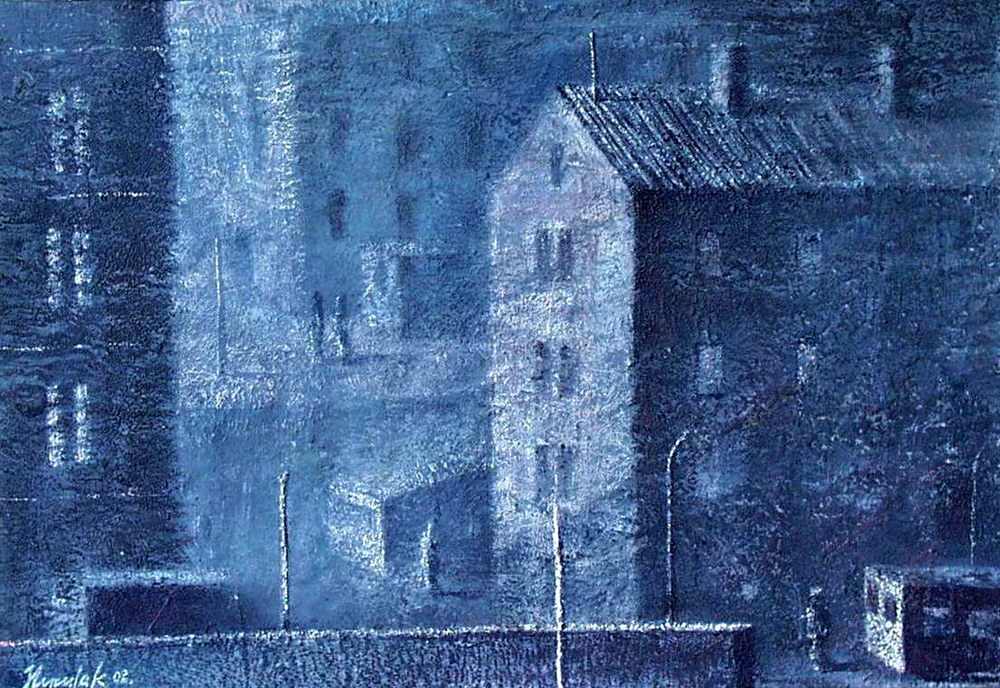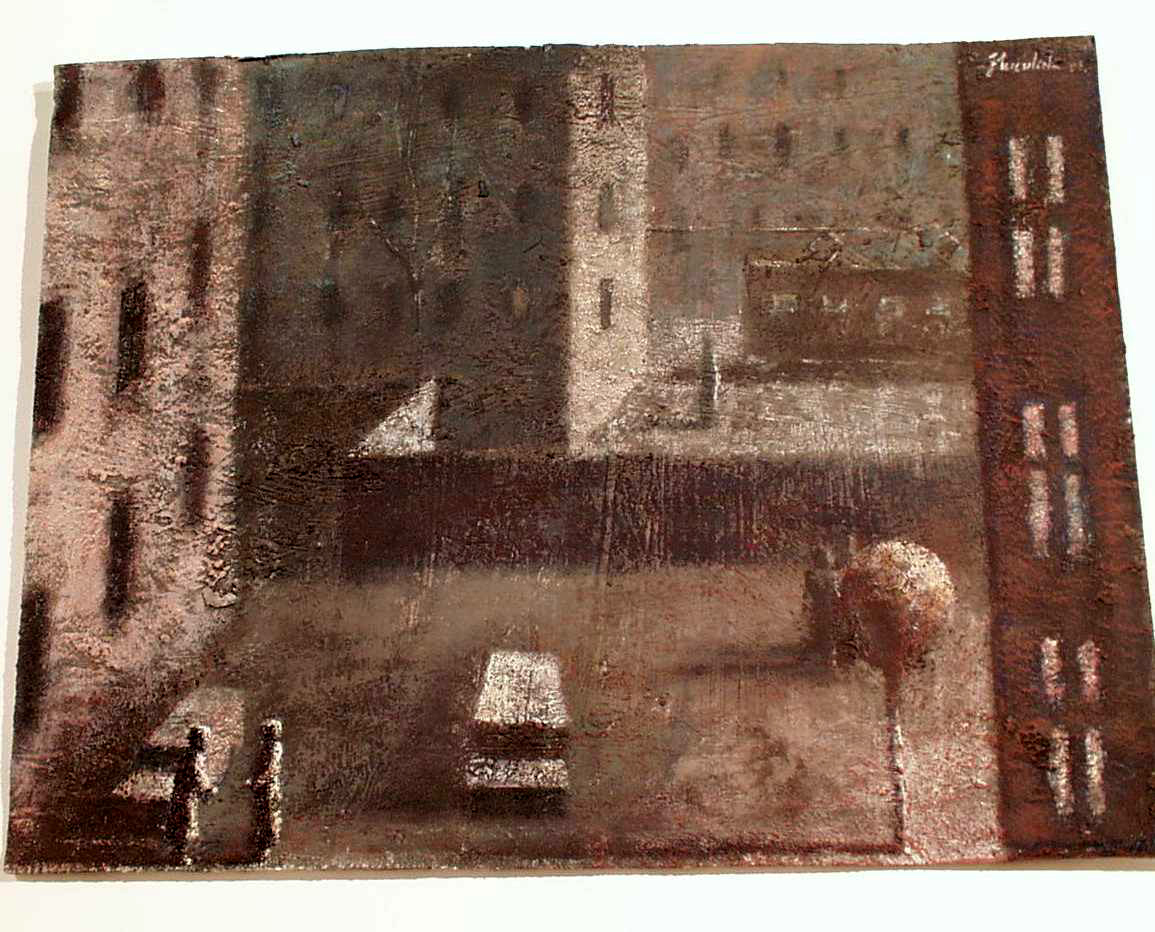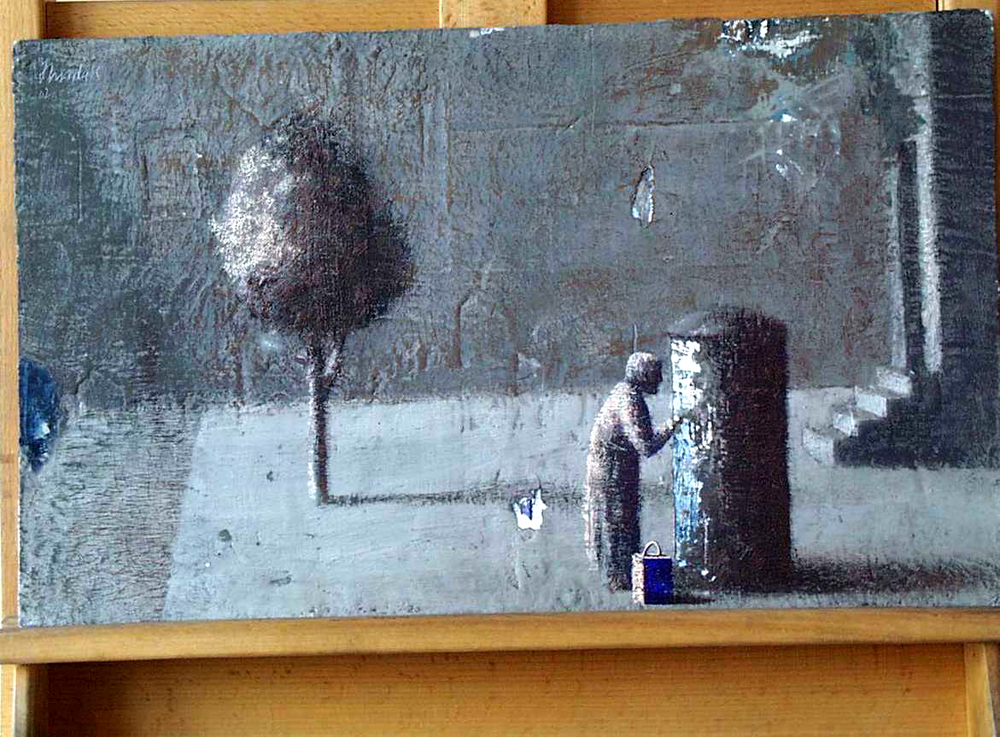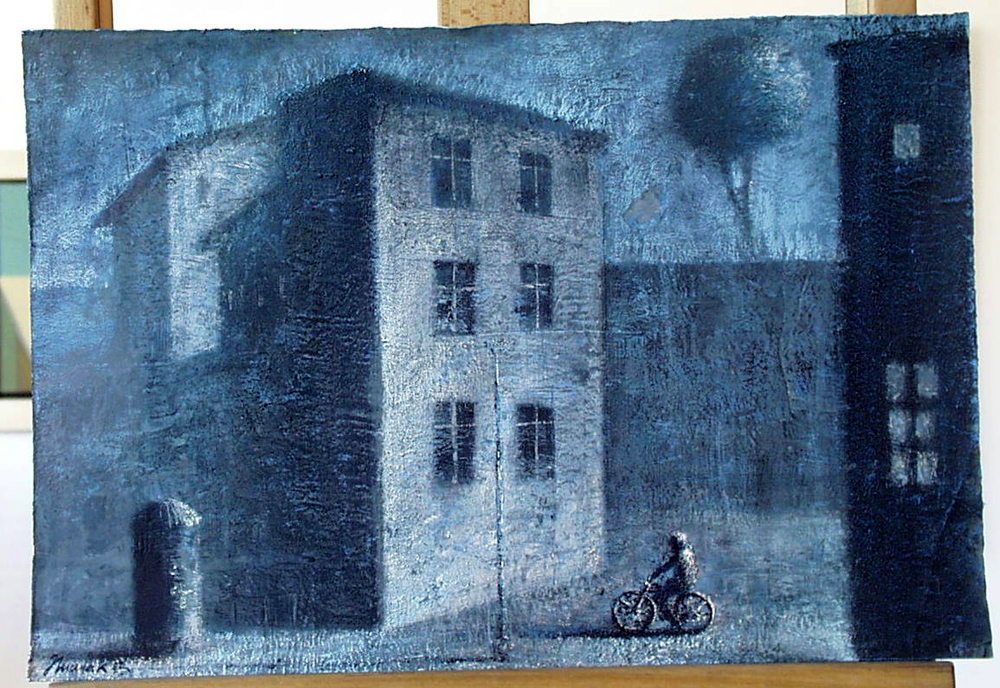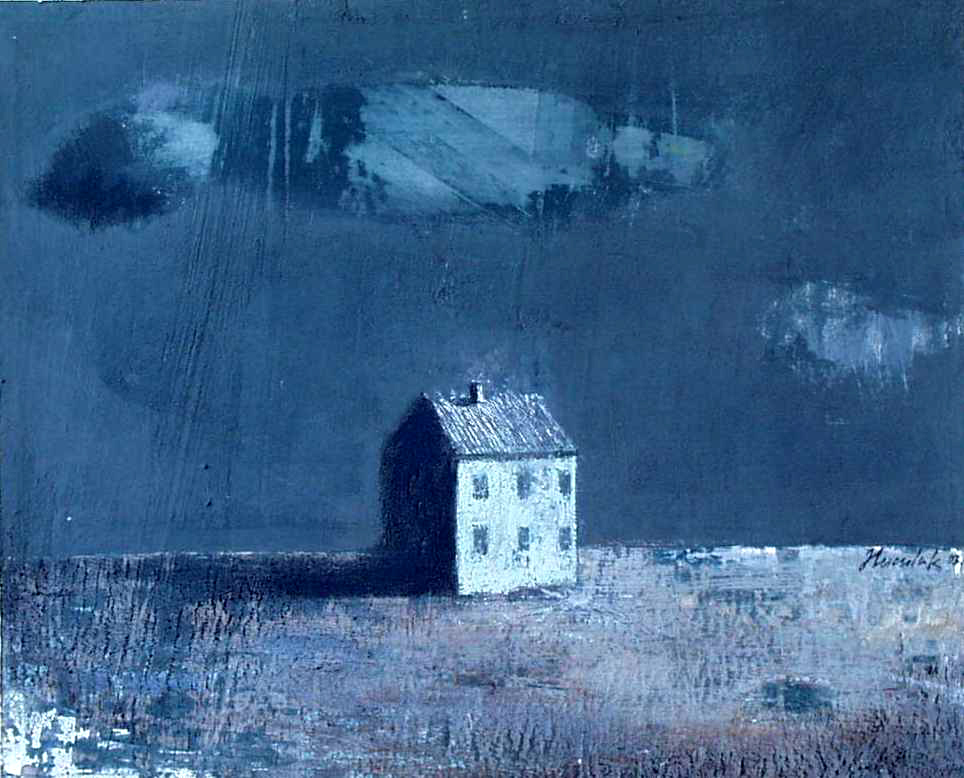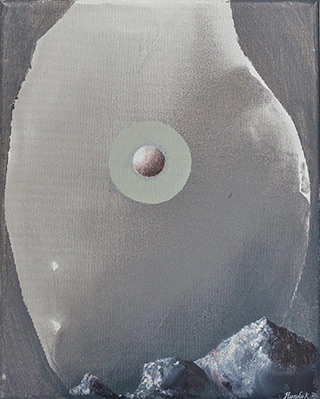The world consoled
If we accept Valery’s words that truth and life are disorder, admitting that art is a search for order is just one step further. Still life in painting is an example of how a painter frees himself from the pressure of too many surrounding objects, selecting only those which have enchanted his painter’s eye with their shape, colour or material. Looking through albums of still lives from ancient to contemporary times, we can see the great diversity of themes taken up in this genre. There are magnificent, colourful bouquets of flowers, tables laden with food, goblets of wine, chalices, hunting trophies, brass and tin bowls, bottles and jugs of various shapes, fruit, vegetables, joints of meat, musical instruments. The selection of the painted objects, the theme is not a matter of chance; the painter chooses them carefully, with a vision of the future painting in his mind. Nor does he scatter them randomly, but he arranges them according to a plan, to the same vision of the picture.
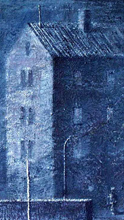
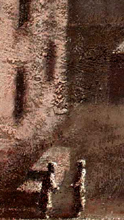
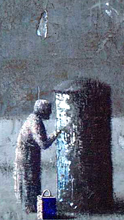
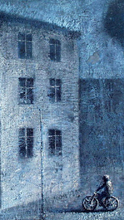

Łukasz Huculak is a painter who loves humble objects and has set about proving, in an almost evangelical way, that their poverty is illusory. His paintings feature jugs, bottles and boxes, arranged purposefully on the broad surface of a table, subtly yet clearly contrasting with the similarly coloured background of the wall. The vessels are made of clay - a material seemingly unresponsive to colour and light effects. Choosing this material, Huculak posed himself a more difficult task than if he was portraying objects made of enamel or glass. The achieved effect is amazing; his clay vessels are saturated with delicate, glittering colour, which captures light and becomes an indispensable component of form. The spareness of objects is accompanied by ascetic use of colour; one chosen tone contains a whole range of shades, of equal intensity, which gives the pictures a quality of tranquillity and gravity. Another striking thing about Huculak’s oil paintings is their very diverse texture: sometimes the surface seems smooth, as if the paint had been scraped; on other fragments the brushstrokes have left little lumps of paint, on which light plays, which makes the paintings alive and luminous.
The artist does not avoid dramatic effects in the arrangement of his jugs and bottles: sometimes he puts them in groups, sometimes wide apart, like actors on a stage. Sometimes bottles are accompanied by a block of wood, which serves both to produce an element of surprize and to enrich the composition. Apart from the task of showing the diversity of material of the table, wall and clay vessels, the artist tackles perspective: he puts some of the bottles deeper and accentuates the difference by varying colour intensity, making them more misty.
Two gouaches representing fruit deserve separate mention. The plum, especially, is delightful: individual, royal, yet modestly fading into the harmonized background.
When commenting on this art, it’s impossible not to mention Morandi’s bottles and Zurbaran’s clay pots. If those are Łukasz Huculak’s masters, he could hardly have chosen better ones.


